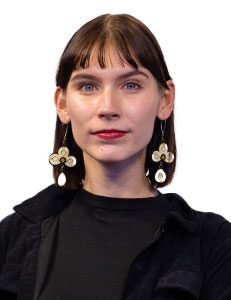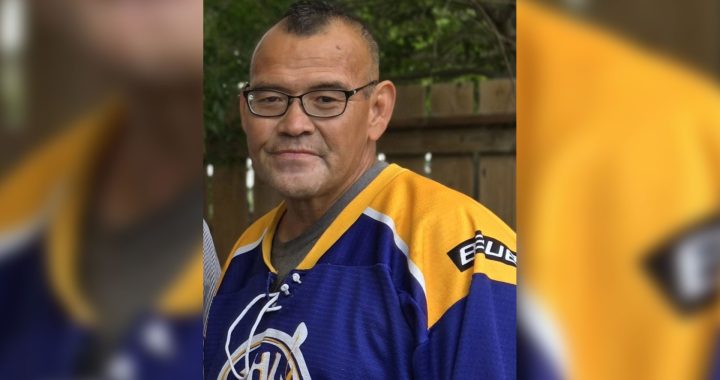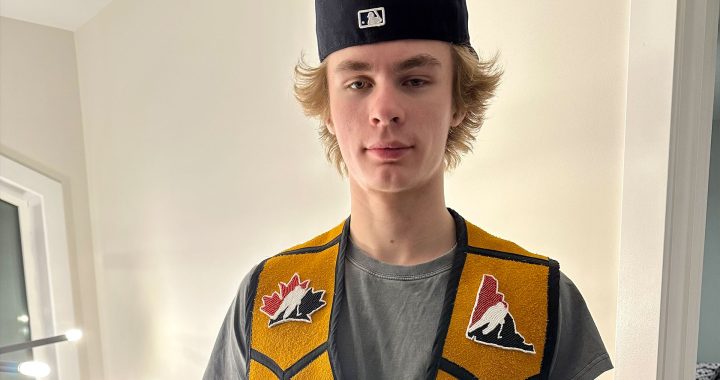For 16 years, Xavier Watso worked as a drama teacher in Quebec. After hearing about TikTok from his students a few years ago, Watso, who is Abenaki, began posting educational content on the app.
Then, he quit his job.
Now, as a teacher-turned-TikToker, the world is his classroom.
“I realized that instead of being in front of a class of 30 kids, I am now fortunate enough to be in front of a class of five to eight million people who listen, who watch, who react,” Watso told APTN News over Zoom.
Watso is one of nine Indigenous TikTok Visionary Voices selected by the app in honour of Indigenous History Month.
Another is Taalrumiq, an Inuvialuit and Gwich’in artist and fashion designer.
For Indigenous makers who, like her, live outside large cities, TikTok is a digital podium to share their work with the world.
“When I first started on TikTok, I was seeing so many amazing Indigenous cultures from across Canada, across Turtle Island, around the world, and I was like, ‘Oh, I can’t wait to see my culture’,” Taalrumiq said. “I wasn’t really seeing a lot of content, so I thought, ‘Well, I can share some of my work, some of my traditional clothes, some of the things that I’ve made.’ And that’s kind of how I got started.”
Today, she’s schooling an audience of more than 100,000 followers on Inuvialuit culture.
As an artist, the platform has lifted her career to new heights. Thanks to exposure from TikTok, her designs were featured in the Netflix series Avatar: The Last Airbender.
Mohawk singer-songwriter Shawnee Kish creates content from Toronto.
Her TikTok journey kicked off after posting a video of her singing “What’s Up?” by the 4 Non Blondes to her neighbour.
That video has amassed more than 8 million views.
These days, Kish documents her and her wife’s pregnancy journey between sharing her music with fans.
“It’s an open-door kind of policy with our TikTok,” Kish said. “ Sometimes, people will recommend a song to sing, request a song to sing, anything like that.”
As a two-spirit creator, she uses the app to explore and celebrate her identity – one she said is frequently misunderstood.
“(There are) different colours of being two-spirit,” Kish said. “Somebody that’s transgender can identify as two-spirit, but it also could be me, myself, I identify as she/her, and I’m also two-spirit.”
After three, whirlwind years on the app, Watso decided to channel his focus from global to local. Today, he primarily posts content in French to educate Francophone viewers on Indigenous languages, culture and history.
“Even though I’ve scaled back to be more concise, or more close to home, I feel that I have a bigger impact on the people around me because I see it,” Watso said. “I see the changes that are happening all around me, now that I do my content in French.”
After hearing Inuvialuit stories told from the mouths of non-Indigenous outsiders for years, Taalmuriq said TikTok has ushered in an important shift: now Indigenous creators can tell their stories, rather than hear them be narrated by others.
“A lot of the books and documentaries and stories that were out there about Inuvialuit and our culture have always been from an outsider’s perspective,” she said. “TikTok has really allowed creators such as myself to share from our own, personal, authentic lived experience.”











